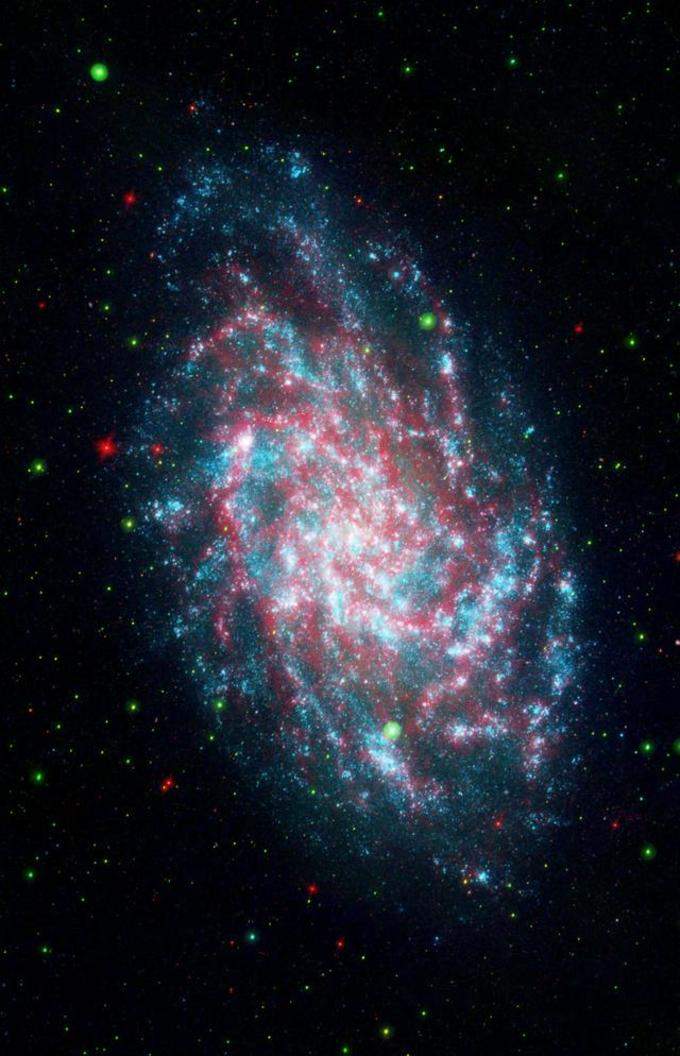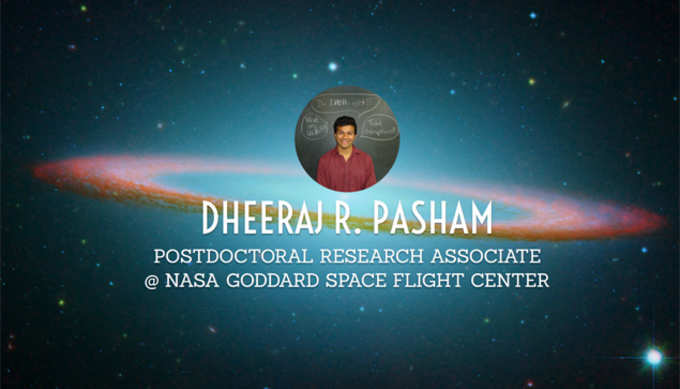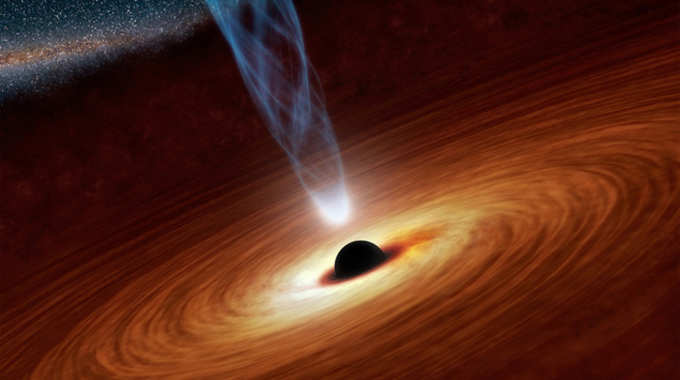 NEW DELHI: An Indian-origin graduate student has discovered and measured one of the most elusive and mysterious objects in the
NEW DELHI: An Indian-origin graduate student has discovered and measured one of the most elusive and mysterious objects in the The reason why this discovery and the measurement are considered so significant is that these intermediate-mass black holes are hard to measure even their existence is sometimes disputed. Little is known about how they form, a Maryland varsity statement said. Some astronomers question whether they behave like other black holes.
The universe has countless black holes and just our galaxy, the Milky Way, may have up to 100 million of them, it is thought. Nearly all black holes fall into one of two classes: big, and colossal. The ‘big’ ones have from about 10 times to 100 times the mass of our sun. They are the remnants of dying stars. The ‘colossal’ or supermassive black holes have more than a million times the mass of the sun. These giants inhabit the centres of most galaxies.
But scattered across the universe are a few apparent black holes of the more mysterious type.

Image courtesy http://www.astro.umd.edu/
Ranging from a hundred times to a few hundred thousand times the sun's mass, these intermediate-mass black holes are mysterious because they are difficult to pinpoint.
"Objects in this range are the least expected of all black holes," says

The regions around supermassive black holes shine brightly in X-rays. Some of this radiation comes from a surrounding disk, and most comes from the corona, pictured here in this
A black hole is a region in space containing a mass so dense that not even light can escape its gravity. Black holes are invisible, but astronomers can find them by tracking their gravitational pull on other objects. Matter being pulled into a black hole gathers around it like storm debris circling a tornado's centre. As this cosmic stuff rubs together it produces friction and light, making black holes among the universe's brightest objects.
Pasham, who will begin a post-doctoral research position at